The content of the article
No kitchen can do without fragrant seasonings for dishes and preparations. All year round, having fresh greens is not available to everyone. Someone grows herbs not on the windowsill, but the main way to provide yourself with spices for the winter is to dry the plants.
Basil is one of our favorite fragrant herbs on our table. It has a unique ethereal aroma, and give the dishes a spicy touch. At the same time, due to its structure, it does not at all lose its taste and aromatic properties depending on processing. That is why owners and housewives are happy to add dried basil in sauces, meat, salads and pickles. And to get a really high-quality seasoning, basil is dried at home, without relying on packaged spicy powder.
Which basil is better to dry
Several varieties of basil are known. Visually, you can highlight the green and blue variety. Darker basil is more fragrant and retains its aroma for a long time. However, experienced owners recommend mixing different leaves to complete the aromatic mixture. You can dry several varieties to have different seasonings - more delicate and more spicy in flavor, or you can make a rich aromatic mixture.
There is no definite answer to the question of when to collect basil for drying in the winter. Some gardeners recommend a moment before flowering, while others recommend a flowering period. Usually it is during the formation of flowers in the stems that more essential oil accumulates, which provides a fragrant spicy aroma. On the other hand, the taste should not become heavy and lose its juicy notes of "greenery".
Those who are trying to dry basil for the first time are advised to collect part of the leaves for drying before the appearance of flowers, and part time - and determine on their own taste which aroma they like best in order to use this method in the future.
Note! For drying, not only the leaves released by the cuttings are used, but also the stems themselves.
Useful advice: basil twigs can be used to create thicker spicy compositions - marinades, pickles, aromatization of vegetable oils. They will give a “smoky” island flavor. The leaves of dried basil are used in dining cooking - for dishes of meat, fish and vegetables.
How to Dry Basil at Home
For effective drying of aromatic herbs, several methods can be used: natural air drying, which is sometimes carried out even in bunches, harvesting greens in the oven, using an electric dryer, and also in the microwave.
Even thermal drying requires patience - the procedure will take several hours, and with the natural method several days.
General rules: how to dry basil at home
- In order to get a fragrant and tasty seasoning that will retain its freshness for a long time, you need to choose the right approach to the process of harvesting spices and observe some patterns.
- First of all, the branches of the plant must be washed before drying. Rinse the grass in a bowl of warm water, changing it at least once, or under running water in a colander, carefully sorting the twigs. Next, the leaves are plucked from the stems and blotted with paper towels to eliminate residual water. Particularly thoroughly absorb drops when using a passive type of drying - in air. Excessive moisture can cause the seasoning to ripen.
- The leaves are dried whole - so they will retain useful substances and aromatic properties for longer.Dry sheets are crushed into powder directly when added to dishes. This will need to be considered when choosing a method for storing dried leaves. But the stems can be cut into small cubes - 3-4 centimeters, otherwise they may not dry out even in the oven.
- If you chose the method of drying at room temperature, then the leaves are laid out in a thin layer on gauze or paper litter in a ventilated room. From time to time they need to be stirred and mixed so that they do not cake and dry out from all sides.
- To treat with warm air, the oven or electric dryer is heated to 40 degrees. Thanks to this gentle regimen, vitamins and other beneficial compounds are preserved in the grass. Leaves are distributed evenly over the sheet or grid and stirred every 30-60 minutes. The oven door is not closed tightly, leaving room for air circulation. This method may take about 8-10 hours. The condition of the leaves must be monitored, the exact time will depend on many factors: the thickness and size of the sheet, the oil content in the greenery and more.
- When using the microwave, the greens are processed at maximum speed for several minutes, the readiness is checked, and then one or several careful additional “runs” are made, monitoring the condition of the leaf. This method is much faster, but to many owners it seems unnatural and unpredictable. Dry the basil in the microwave in small portions. This will ensure greater efficiency of the process and help to avoid damage to the entire batch if something does not work out.
In any method, the basil will be ready when it is completely dry to a state in which it can be crushed into dust. Leaves or twigs should not be flexible and resilient.
How to store dried grass
So that the basil does not lose its flavor after a couple of months, it is preferable to store it in a jar with a tight-fitting lid. It is advisable not to wrinkle dry leaves ahead of time and to avoid sunlight and moist air. Check your seasonings periodically for moisture to prevent mold growth and to discard a healthy product.
Add dried basil to your favorite dishes. A pinch of spicy powder is enough to give the food a pleasant noble aftertaste.
Video: how to dry basil for the winter

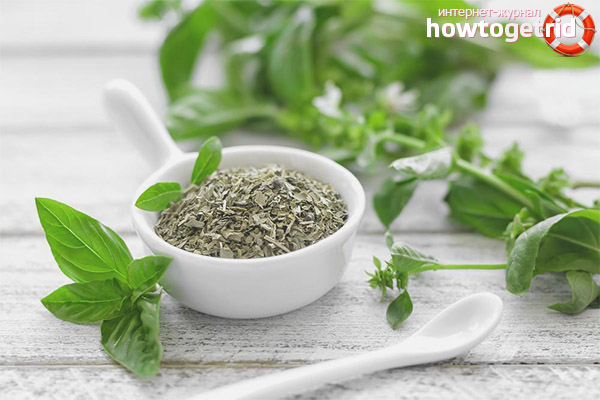
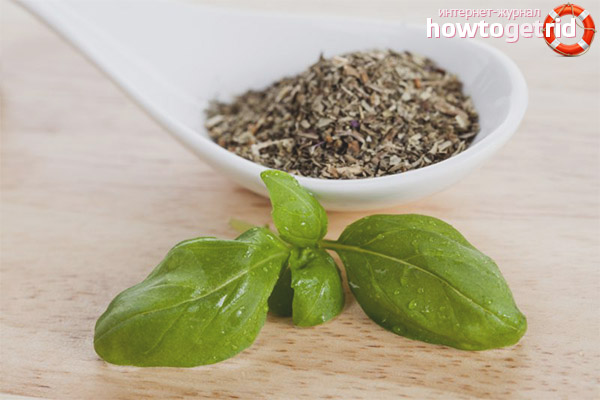

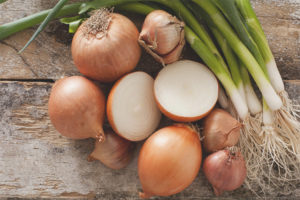
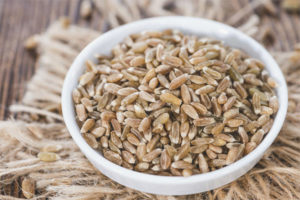
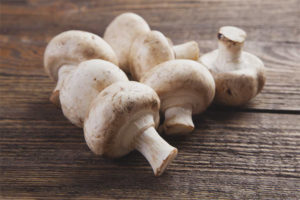
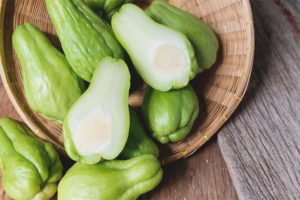
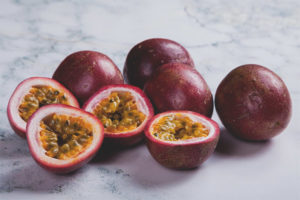

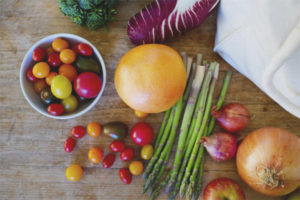
Submit